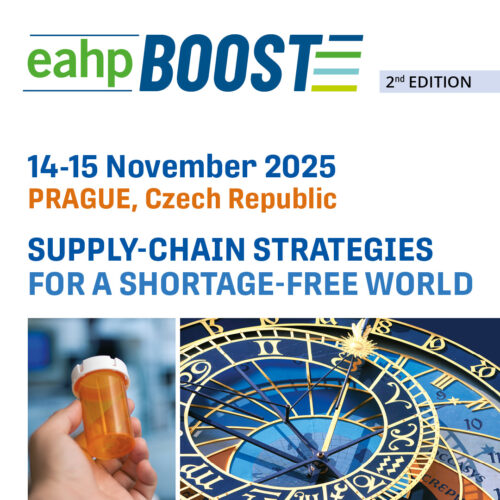Optimising the process for incoming requests for new extemporaneous products
Pdf

European Statement
Production and Compounding
Author(s)
Mette Lethan, Tove Hansen, Louise Rasmussen Duckert, Trine Schnor
Why was it done?
In the clinic, a need for a NEP, as either a change in an existing product or a new formulation, may arise. Requests are risk assessed by the Hospital Pharmacy Drug Information Centre (DIC) before production is initiated. However, there was no clear process for handling requests, resulting in prolonged process times. NEP may require searching for new raw materials, new packaging or developing of a new formulation, which are time consuming tasks. Therefore, the wish to optimise the process arose.
What was done?
A procedure for handling requests for new extemporaneous products (NEP) in a Good Manufacturing Practice (GMP) regulated production was developed to improve success rate and aligning the process.
How was it done?
A small unit was formed with the purpose of handling requests for NEP. The unit consists of academics employed in the production department with expert knowledge about both sterile and non-sterile production.
A standard operating procedure was formed, in collaboration with DIC, which included a form, to be filled out with information needed for handling the request. This includes drug formulation, strength and dosage, along with any specific requirements.
The unit evaluates the request – is it possible for us to manufacture, sterile or non-sterile, are raw materials available in appropriate quality, analysis requirements, and stability of the product. The evaluation is made in communication with departments like Purchasing, Quality Control/Assurance, Stability as well as the relevant production department.
If a positive outcome, the request is given to the production department, to finalise production. If the outcome is negative a rejection is sent to the requester with a reason.
What has been achieved?
Based on data from the last three years, we now know how many requests we receive, which type of products are requested, processing times, and which products were made and why/why not.
There is a clear path of communication into the pharmacy and between relevant departments, ensuring that essential pharmaceuticals will be developed in a timely manner or a justified rejection is sent enabling the clinic to look for alternatives.
What next?
Some products are difficult to handle, such as cytostatics, antibodies and hormones. Next step is to investigate these product types.
























